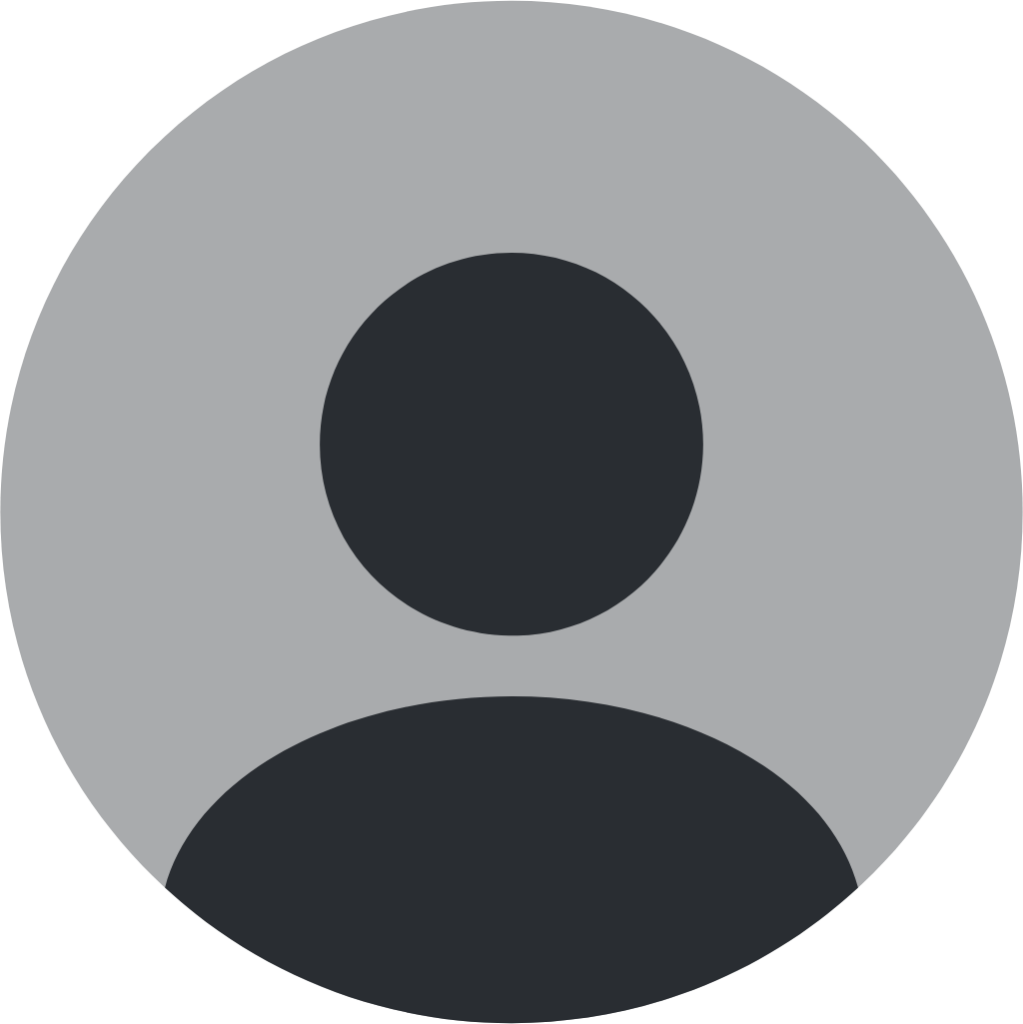New Substack Series - How Refugees Use Beauty to Reclaim Space, Dignity, and Wellbeing
July 17th, 2025
West Bank
A Beautiful Resistance is a storytelling series by Home Ground Lab that documents how refugee communities use everyday beauty—plants, color, light, memory—to transform constrained spaces into places of care and dignity. In camps, rooftops, and stairwells, beauty becomes a quiet form of healing—and resistance.
Posted byStephanie Acker
Pending staff verification
Notify
Abstract/Description
What does it mean to create beauty in a place designed for constraint?
That’s the question at the heart of A Beautiful Resistance, a storytelling series by Home Ground Lab, a creative research initiative advancing aesthetic and spatial justice in the built environment—especially in shelters, refugee camps, and post-crisis housing.
Over the past two years, Home Ground Lab collaborated with Palestinian community leader and photographer Nizar ALayasa to document how residents of two West Bank refugee camps use everyday acts of beauty to reclaim agency and care. The result is A Beautiful Resistance—a 9-part series of stories, images, and reflections from families who have lived under conditions of displacement for generations, yet continue to plant gardens, weave memory into embroidery, and transform thresholds, rooftops, and staircases into sites of dignity and belonging.
Each story is a glimpse into what we call “neuroaesthetic resistance”—where the act of beautifying space is also an act of healing. Whether it’s hanging roses by a window, arranging objects from ancestral homes, or painting a courtyard wall, these creative gestures offer emotional regulation, sensory relief, and a tangible claim to self-worth in environments shaped by instability.
In one story, Fawwaz, a father living in a camp with no soil to garden in, lines his front steps with potted roses.
“Despite the limited space,” he says,
“I spend hours enjoying the roses.”
In a place where the architecture is meant to manage survival, beauty becomes a declaration of aliveness.
This series is part of Home Ground Lab’s broader model:
Document → Share → Equip.
We begin by listening to communities and documenting what already exists. We share those practices widely—to challenge deficit narratives and make beauty visible. And then, we collaborate to provide materials, tools, and support for community-led design and healing.
We believe beauty is not a luxury. It’s a form of care—one that sustains people, signals dignity, and helps communities thrive.
Follow along and explore the full series:
[Click here]
That’s the question at the heart of A Beautiful Resistance, a storytelling series by Home Ground Lab, a creative research initiative advancing aesthetic and spatial justice in the built environment—especially in shelters, refugee camps, and post-crisis housing.
Over the past two years, Home Ground Lab collaborated with Palestinian community leader and photographer Nizar ALayasa to document how residents of two West Bank refugee camps use everyday acts of beauty to reclaim agency and care. The result is A Beautiful Resistance—a 9-part series of stories, images, and reflections from families who have lived under conditions of displacement for generations, yet continue to plant gardens, weave memory into embroidery, and transform thresholds, rooftops, and staircases into sites of dignity and belonging.
Each story is a glimpse into what we call “neuroaesthetic resistance”—where the act of beautifying space is also an act of healing. Whether it’s hanging roses by a window, arranging objects from ancestral homes, or painting a courtyard wall, these creative gestures offer emotional regulation, sensory relief, and a tangible claim to self-worth in environments shaped by instability.
In one story, Fawwaz, a father living in a camp with no soil to garden in, lines his front steps with potted roses.
“Despite the limited space,” he says,
“I spend hours enjoying the roses.”
In a place where the architecture is meant to manage survival, beauty becomes a declaration of aliveness.
This series is part of Home Ground Lab’s broader model:
Document → Share → Equip.
We begin by listening to communities and documenting what already exists. We share those practices widely—to challenge deficit narratives and make beauty visible. And then, we collaborate to provide materials, tools, and support for community-led design and healing.
We believe beauty is not a luxury. It’s a form of care—one that sustains people, signals dignity, and helps communities thrive.
Follow along and explore the full series:
[Click here]
